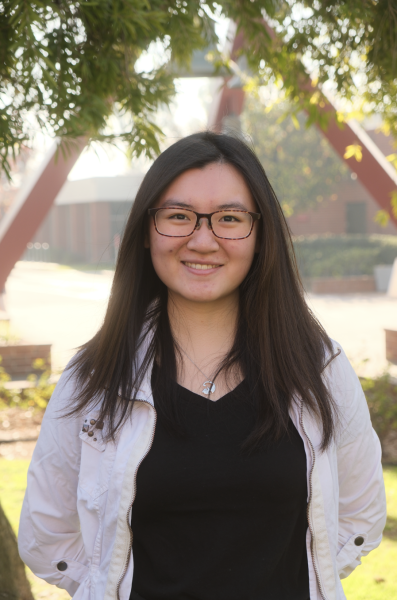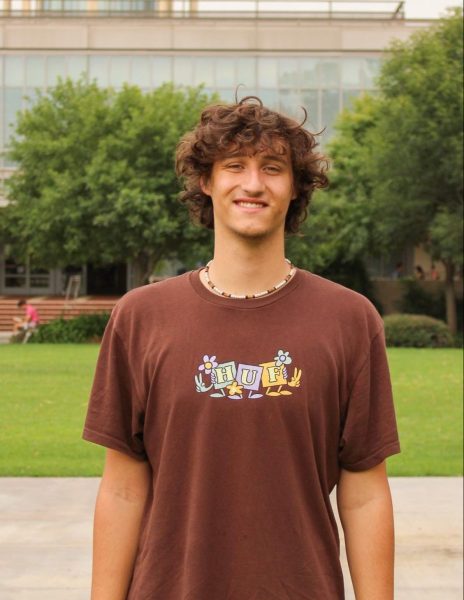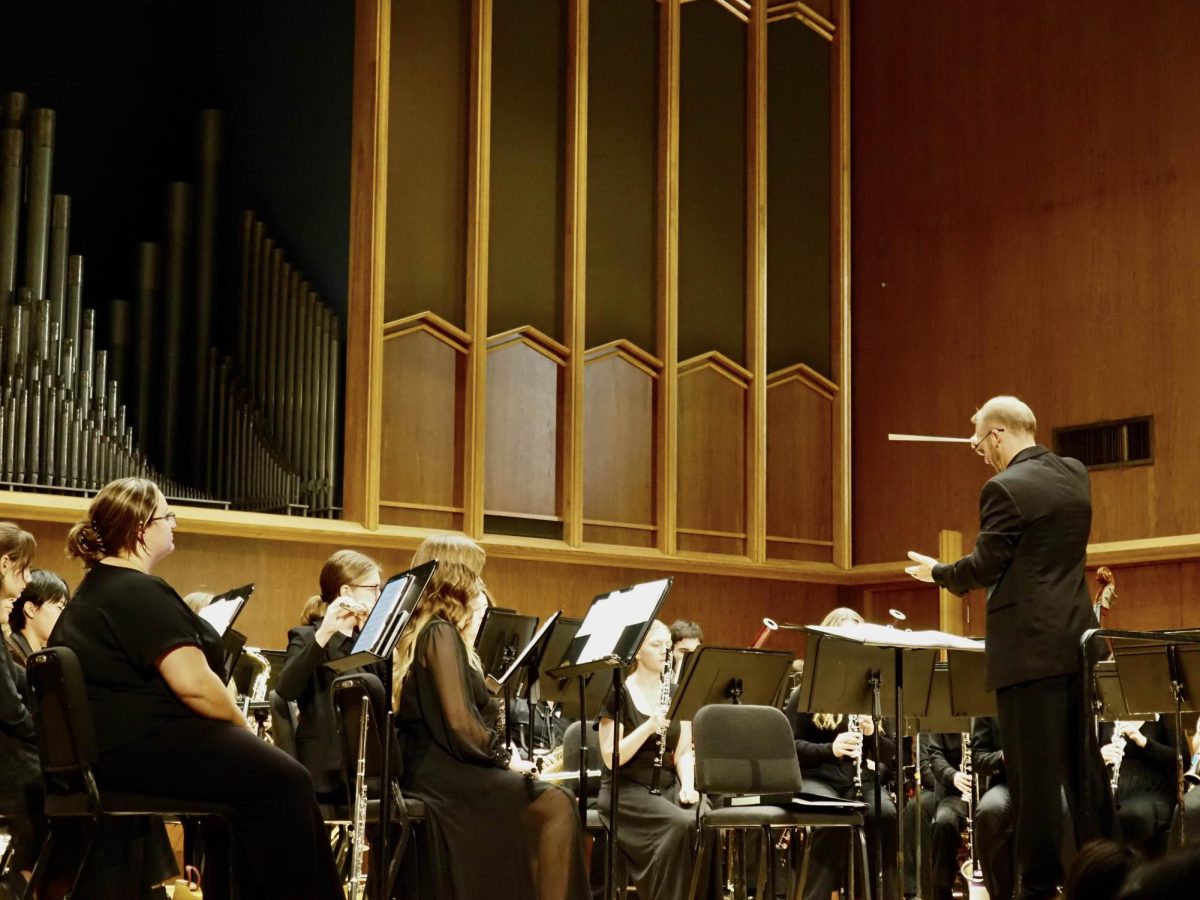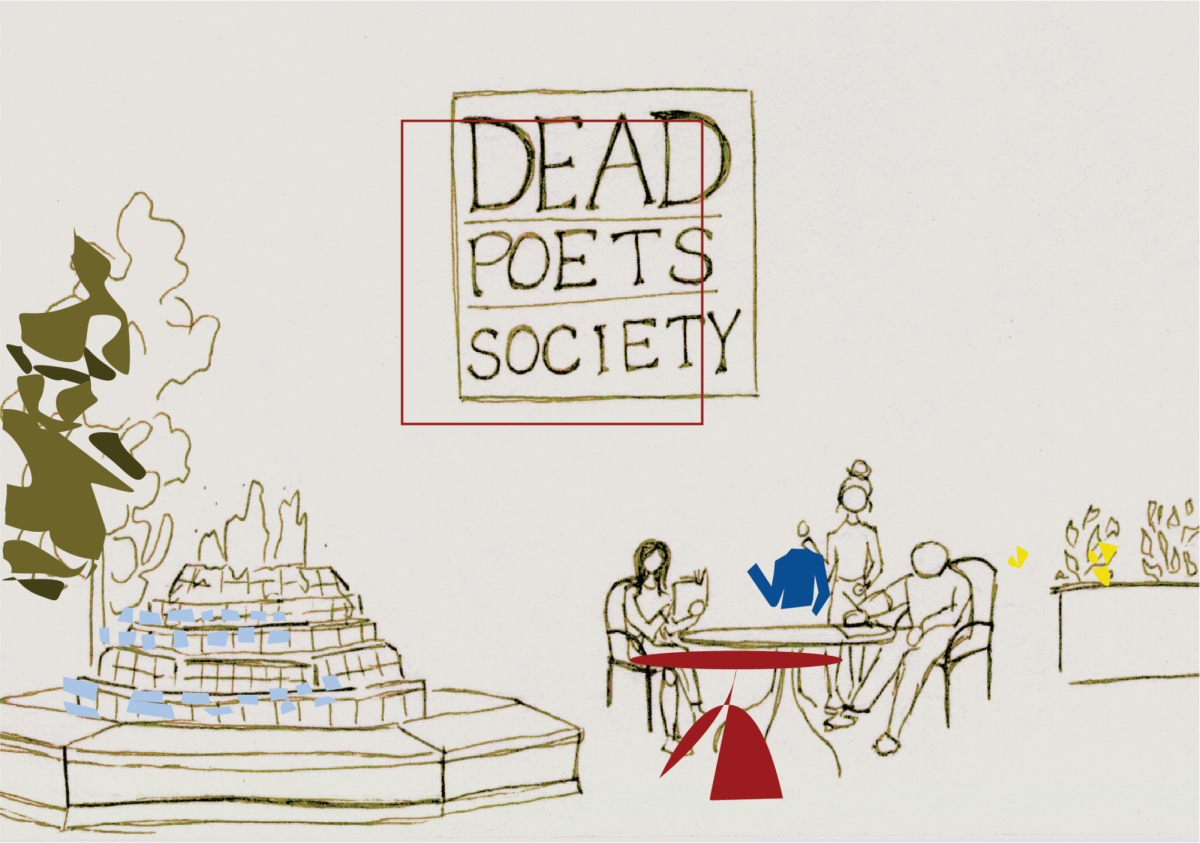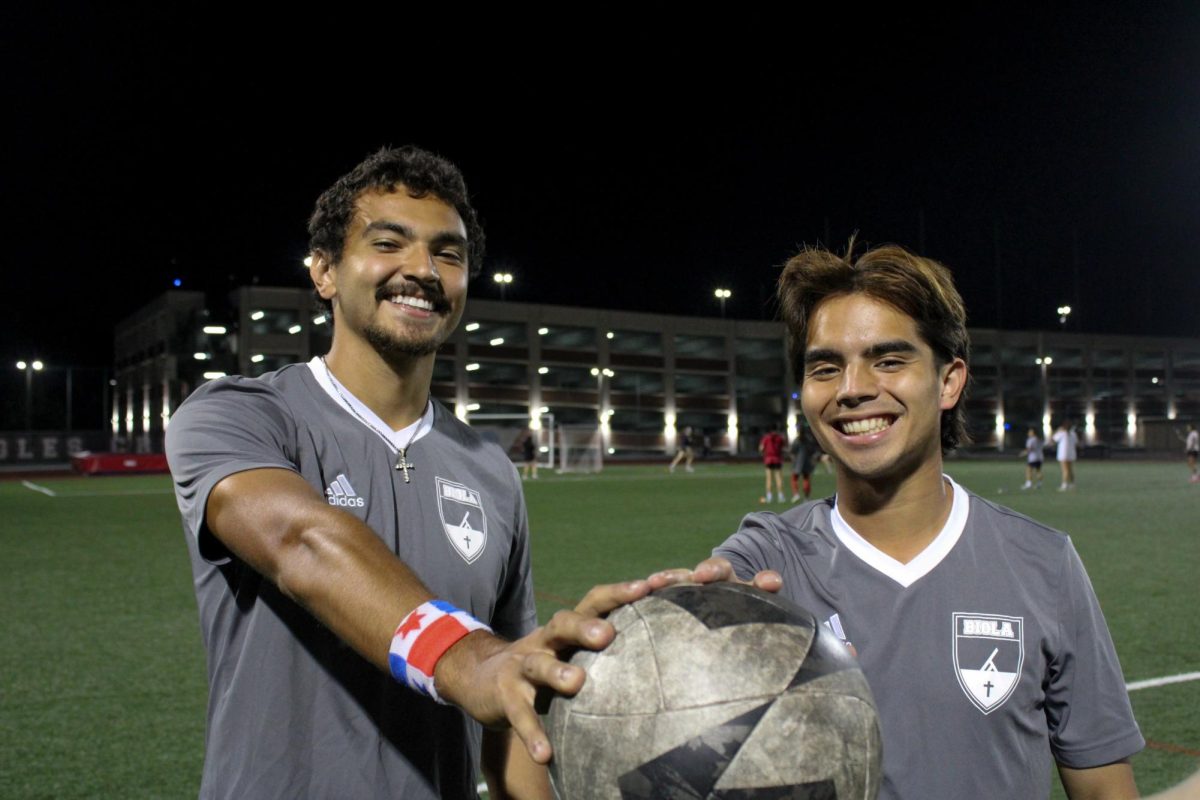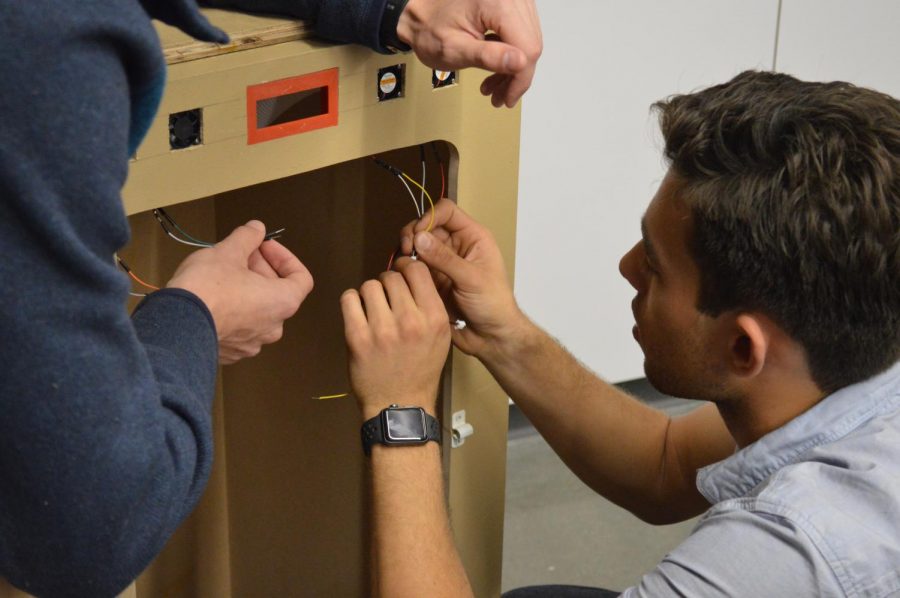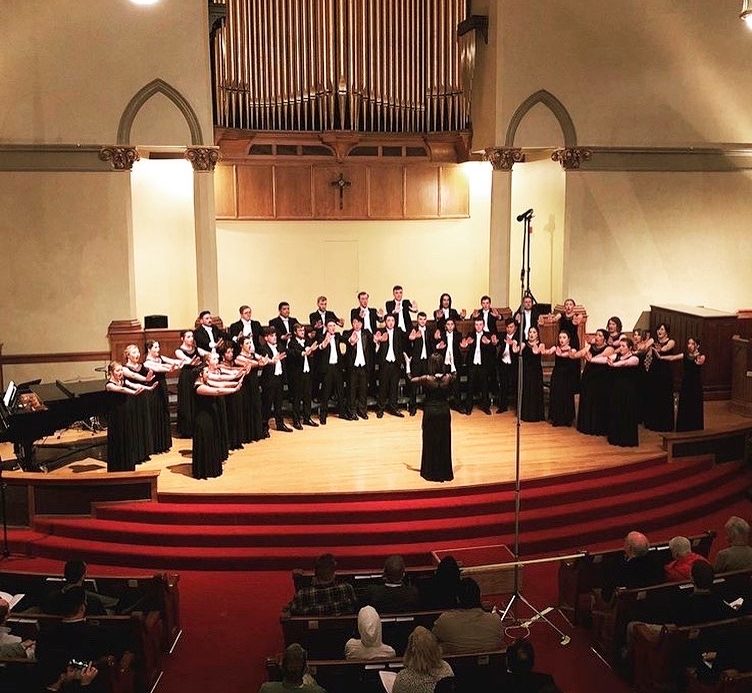This article first appeared in print on October 2023 in the Chimes Magazine Vol. 3, Issue 1 edition.
“You walk home, it sounds like you’re getting yelled at. But it’s just my Mama telling you that she’s got food ready for you,” said Isahi Minero, a junior political science major. “Everybody loves each other.”
Loud. Colorful. Expressive. Connected.
From Mexico to El Salvador and from Spain to Equatorial Guinea — Hispanic culture is deeply diverse. With fiestas, songs, dancing and food, each nation, each family celebrates its cultural heritage. At Biola, there are a multitude of students from various Hispanic backgrounds with unique ways to embrace their identity.
“LOUD”
Minero sees his family as loud. The yelling and shouting in his house is all an expression of love. Minero is a second-generation American-born Hispanic.
“My mom is Mexican, and my dad is from El Salvador,” Minero said. While his family has lived here for about 30 years, their heritage still bakes itself deep into their lifestyle.
“They’ve made it really clear that I am a United States citizen. This is my country, [and] I have some sort of duty and honor and reverence that I should show for this country,” said Minero. “At the same time, they don’t discard my Mexican and El Salvadoran heritage. So I grew up eating the food, I grew up so involved and intertwined with the culture because it was my own.”
Minero recalls how his mother would make tamales during Christmas. As a meal made only once every year, each step is filled with much love. Minero never considered cooking as an art until recently. Today he admires how it extends beyond simply measuring out and mixing various ingredients, but includes a heart of love.
“It’s something that I think I really admire from my mom,” said Minero. “And it’s something that I hope to emulate, you know, when it’s my time to be a dad, and I can pass it on to my kids who will also be able to embrace and partake of their background and culture.”
“COLORFUL”
Ingrid Cruz is an engineer and marketing double major. She is an international student from Mexico. Her culture is colorful. When she looks around her hometown, she sees vivid colors everywhere. Bright hues emanate from handmade crafts like ceramics to the stonework of Mexican architecture.
“We love colors and we’re very vibrant,” said Cruz. “I think Mexican aesthetic is very much alive.” The vividness of color reflects the passion of the people within her culture.
“I think that Mexican culture [experiences] emotions so intensely, and it’s like we celebrate we’re alive,” she said. “We feel pain, and [it’s] intense. But when we’re excited, it’s like, you know, [we] cannot hide it, but we really just live at its fullest.”
The Sept. 15, Mexico’s Independence Day, is always an explosion of color. Cruz loves setting off fireworks in her neighborhood late into the night.
“[We] would go out at night and leave the adults at the house, and then we go to the street and throw fireworks,” she said. “It’s such a fun little time to just be with your cousins and friends and that’s something I really enjoy.”
Living abroad and away from constant immersion in her culture, Cruz sees Biola’s Fiesta Latina as an exciting opportunity to share her culture with her friends.
“I am able to bring my friends and be like, ‘Hey, this is what we eat, this is what we do,’” said Cruz. “And it’s so nice to see my friends are better at dancing than me. And it’s like, ‘How dare you be better than me when I grew up in that culture?’ But it’s funny. It’s exciting.”
“EXPRESSIVE”
Adriana Urbano is a junior commercial music major. Urbano’s parents are from different parts of Mexico. Her mother is from the state of Chihuahua, and her father is from Puebla, each state having its own unique cultural traits. Her family is expressive.
“With my family, we’re very into music. Even if it’s just like a silly thing, or like, come up with some random poem … we’ll start singing. They’re expressive of their joy,” said Urbano. “Sometimes when we’re grieving as a family, we’re also expressive.”
Born in the States, Urbano finds herself with an interesting connection between her American upbringing and her mixed Mexican heritage. While she knows her parents’ native tongue fairly well, she still struggles to communicate fluently and relate to her relatives in Mexico, especially as she only visits Mexico occasionally. The cultures are vastly different, from the city to the rural setting to the language.
“But even with those differences, it’s pretty cool, because that’s where I start to take interest. I’m like, ‘Okay, I want to start kind of doing that,’” said Urbano. “So that’s where I really kind of start the connection there, where I’m like, ‘Teach me, teach me how to say certain words, teach me how to cook certain foods.’”
Urbano’s musical upbringing inspired her to pursue music and continues to listen to her culture’s songs.
“I like Mariachi a lot because of the belting sounds that come out of the singer. I love the way that they can softly sing something with so much passion,” Urbano said.
Urbano formerly did not like Mexican music, but when she came to Biola, that changed.
“Coming to Biola made me appreciate my culture more and want to get more connected with it,” said Urbano. “And so I started listening to corridos and different other stuff … It was really cool, like giving it a second chance.”
“CONNECTED”
Matthew Esteban is a sophomore cinema media arts major. His family is connected.
“My family and I are very close-knit. It’s composed of my dad, mom, sister and grandma,” said Esteban. “You know, we’re all here for each other’s problems, all here for each other in general.”
Esteban was born in California, a second-generation Mexican-American. His father moved from Mexico at a young age, and his mother was born and raised in the States. As his parents grew up more in the American culture, Esteban felt a sort of disconnect with his Mexican heritage. Despite this, Esteban strives to find ways to connect with his heritage. One way he does so is through practicing his native tongue: Spanish.
“I personally am very rusty at it. But I still like learning it,” said Esteban. “It’s always interesting, learning the words or relearning things, and having my parents or grandma kind of teach me here and there.”
Food also allows Esteban to connect with his Hispanic heritage.
“We make quesadillas, green enchiladas, bean and cheese burritos, tacos, stuff like that. We make pan dulce, which is sweet bread… eating the food always helps me connect,” Esteban said.
Learning more about his heritage led Esteban to discover things he never knew about his culture’s history. Hearing about significant figures of Mexico’s independence expanded his understanding of his native people’s struggles.
“Just the idea that Mexico had this whole struggle and this whole fight for independence isn’t as widely known,” said Esteban. “There’s this whole history that we have that I don’t even know as someone who’s Mexican.”
As he continues learning new things, he grows to appreciate his heritage even more.
“LOVING”
The Hispanic community is loud, alive with compassionate yelling and excited singing. They are vibrant, coloring their world with artistry and smiling faces. They remain connected with each other, no matter the distance, keeping friends and family close in their hearts. The Hispanic community is loving.
“Hispanics have a lot of compassion for those who are poor, vulnerable and needy,” said Minero. “A lot of us don’t see our lack of privileges as something that excuses us for not being charitable.”
“We’re so community focused … I think it’s so nice like, because that leads to more compassion,” said Cruz. “Our tendency is to help.”
“When it comes to family, we tend to stick together, we tend to stay true to one another … if your family’s religious, you pray for one another. And there’s always such strong love and feelings towards the family,” said Esteban.
“[There’s beauty] to like, togetherness,” said Urbano. “We’re all there to back each other up, and we’re all there to support each other.”




